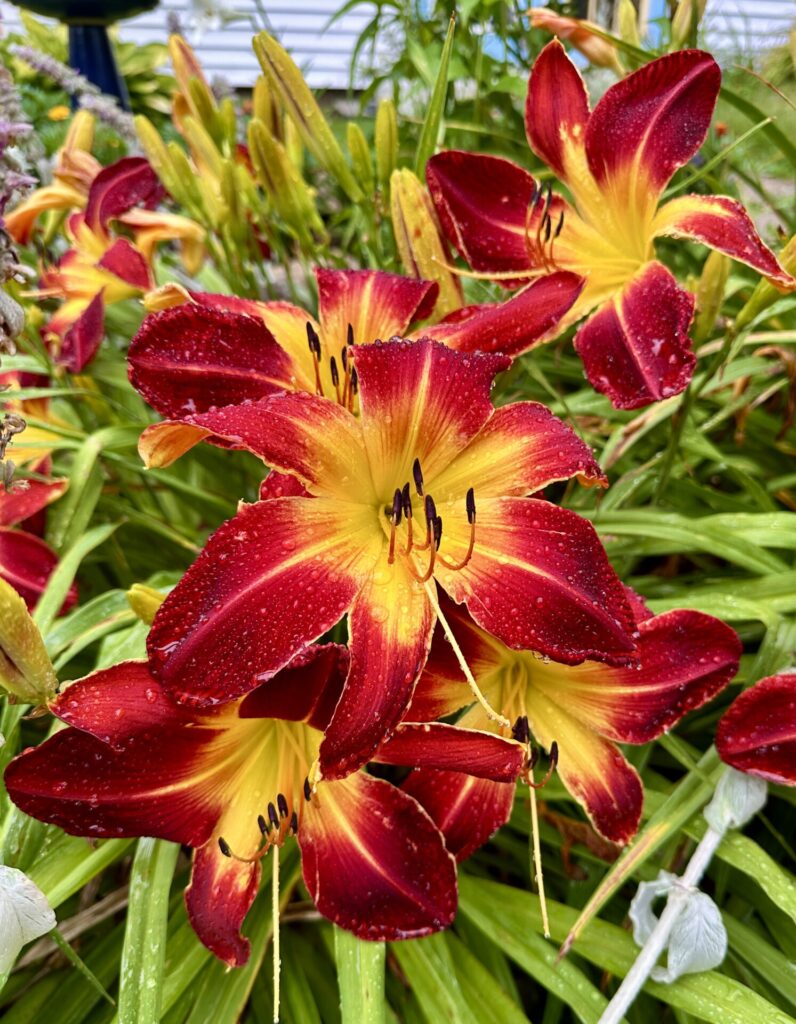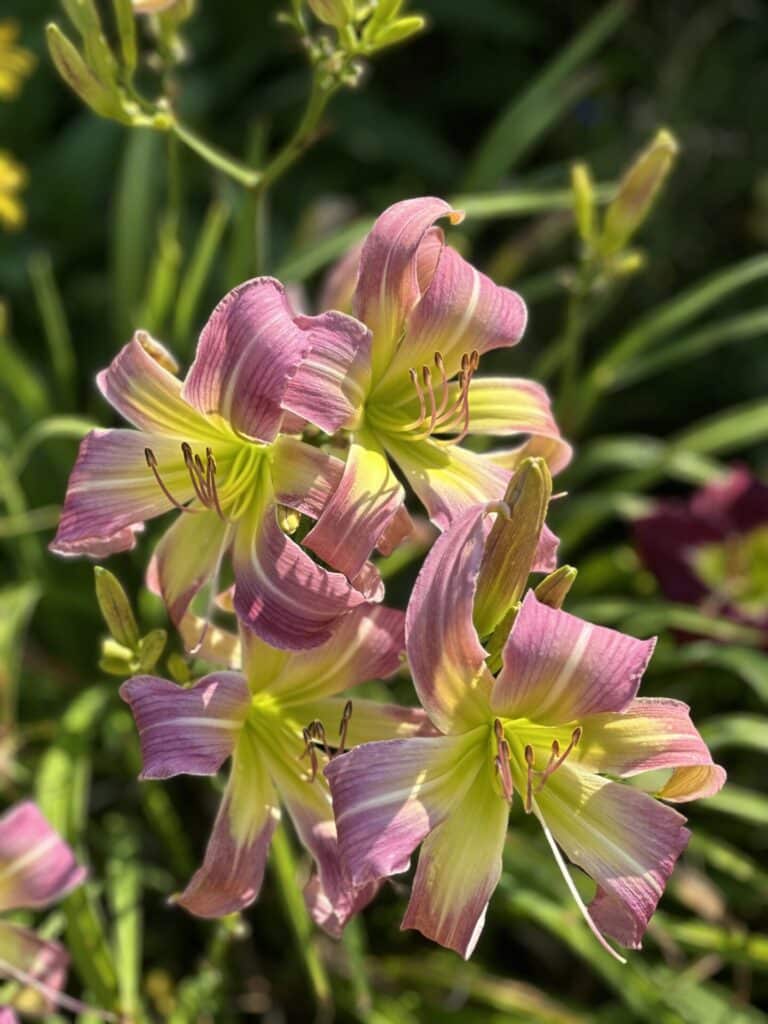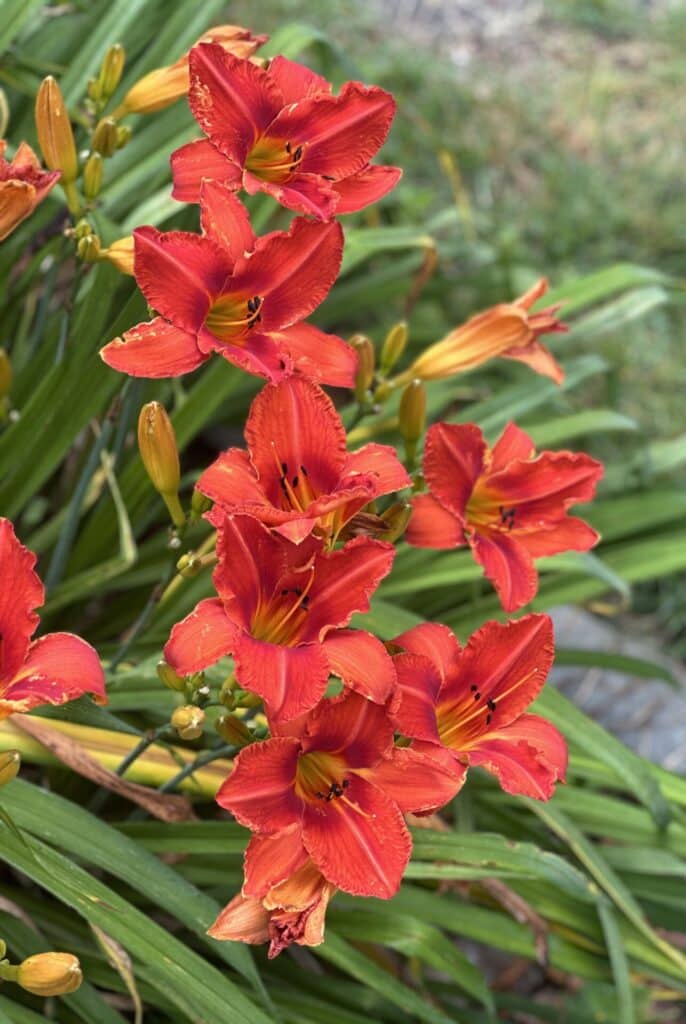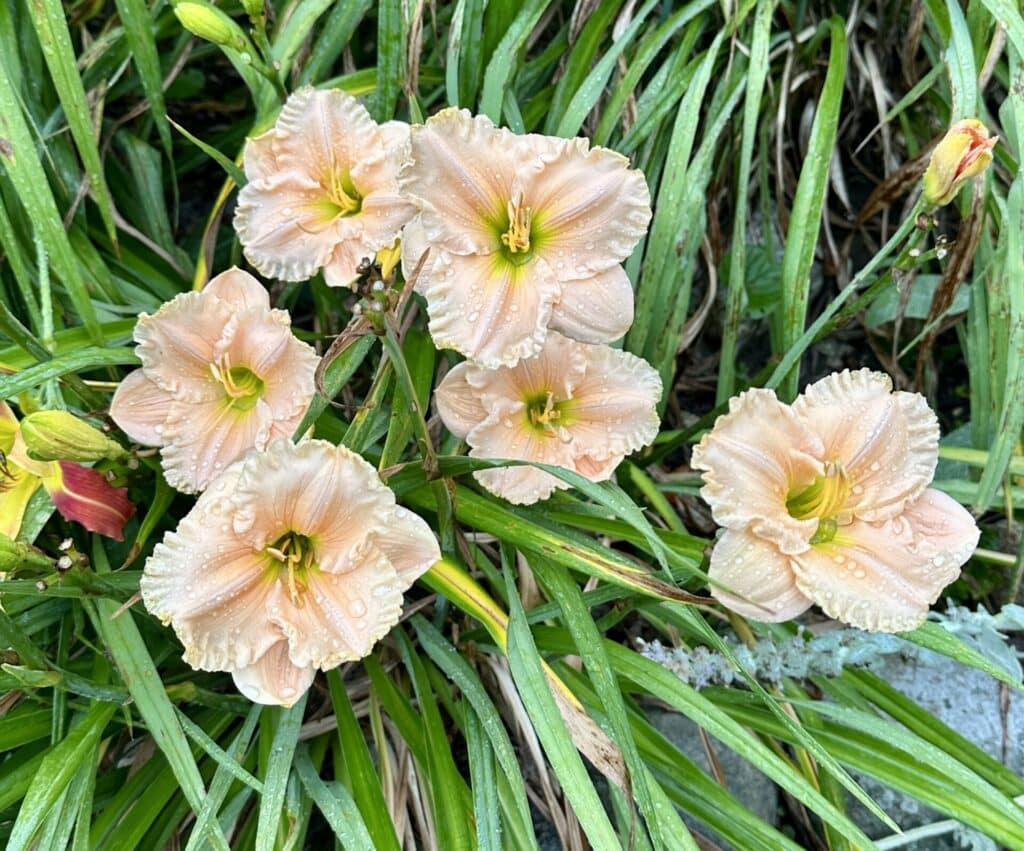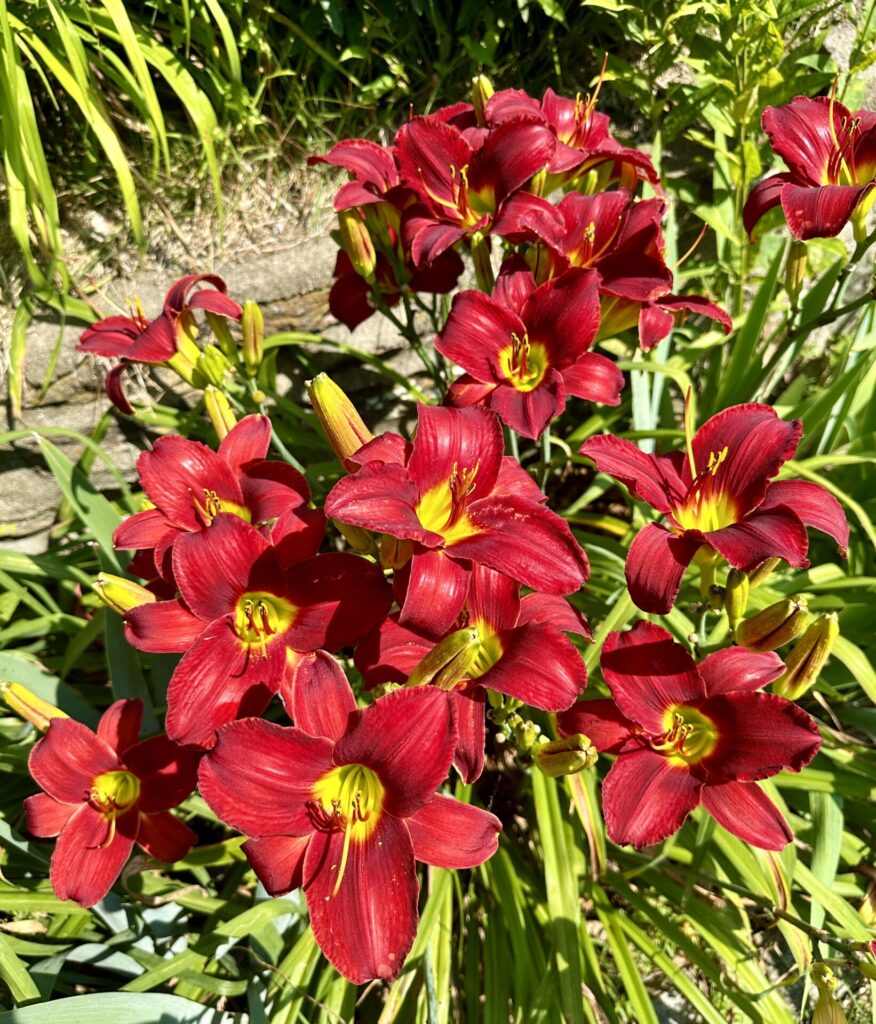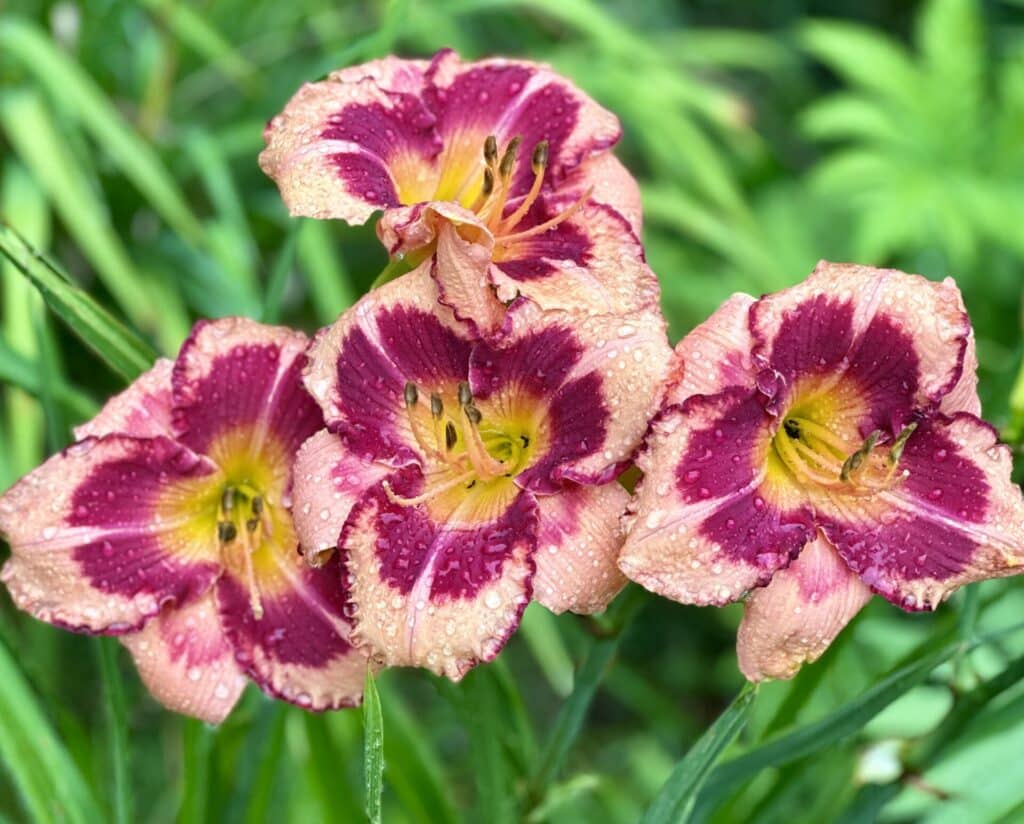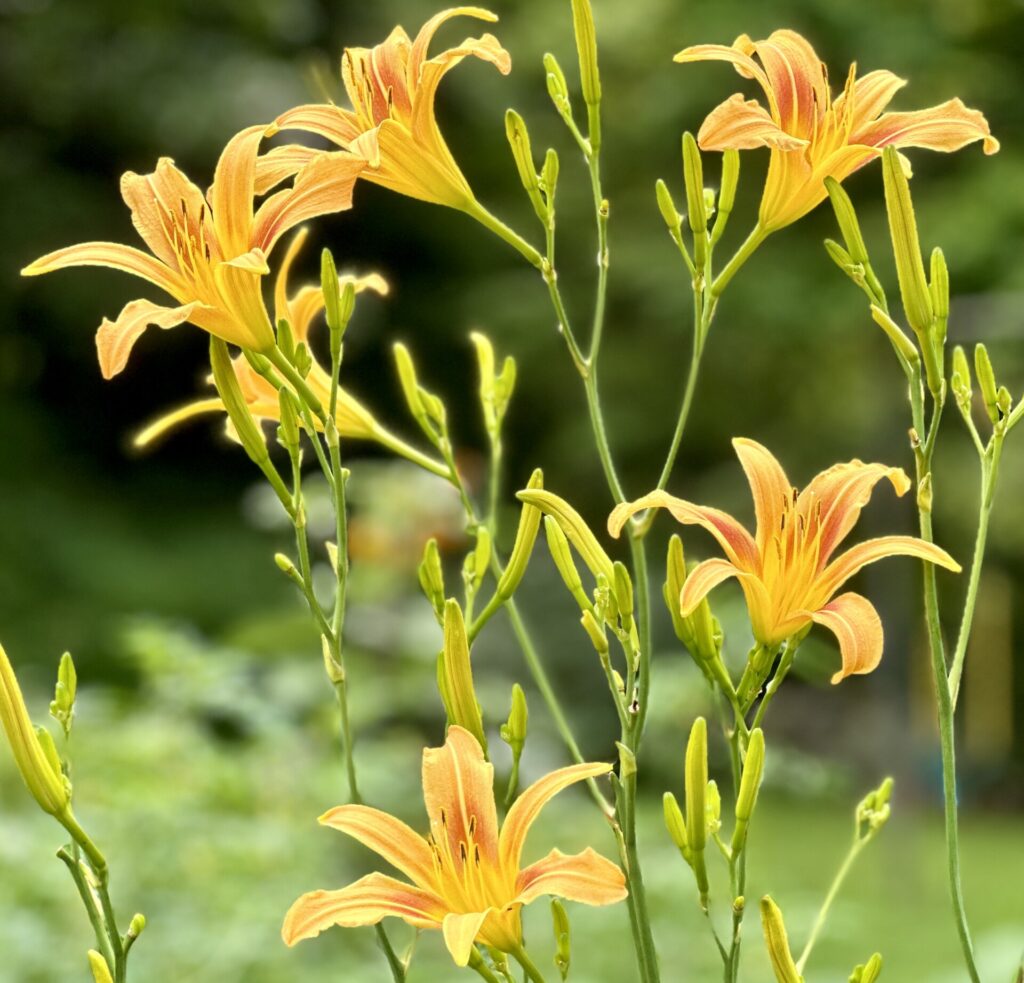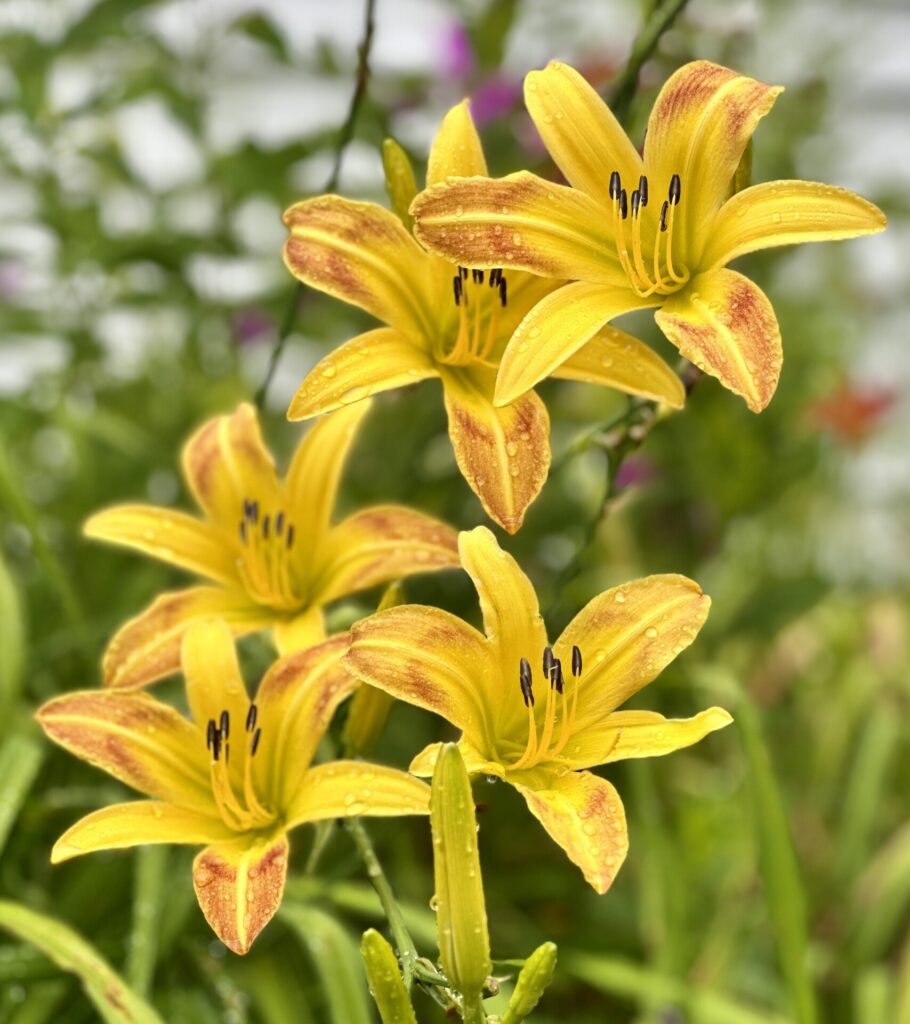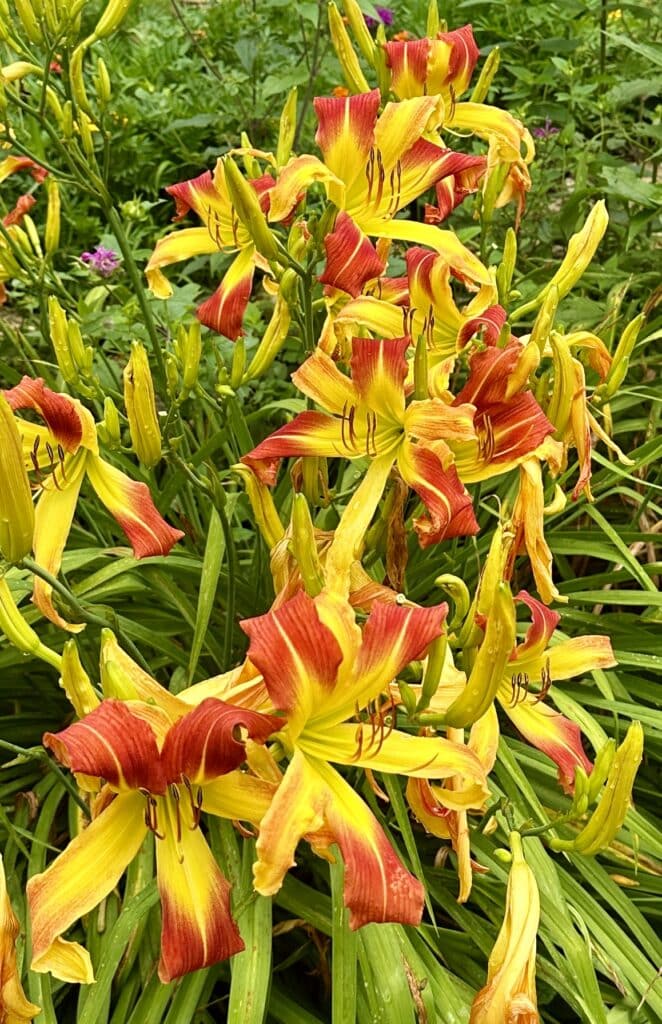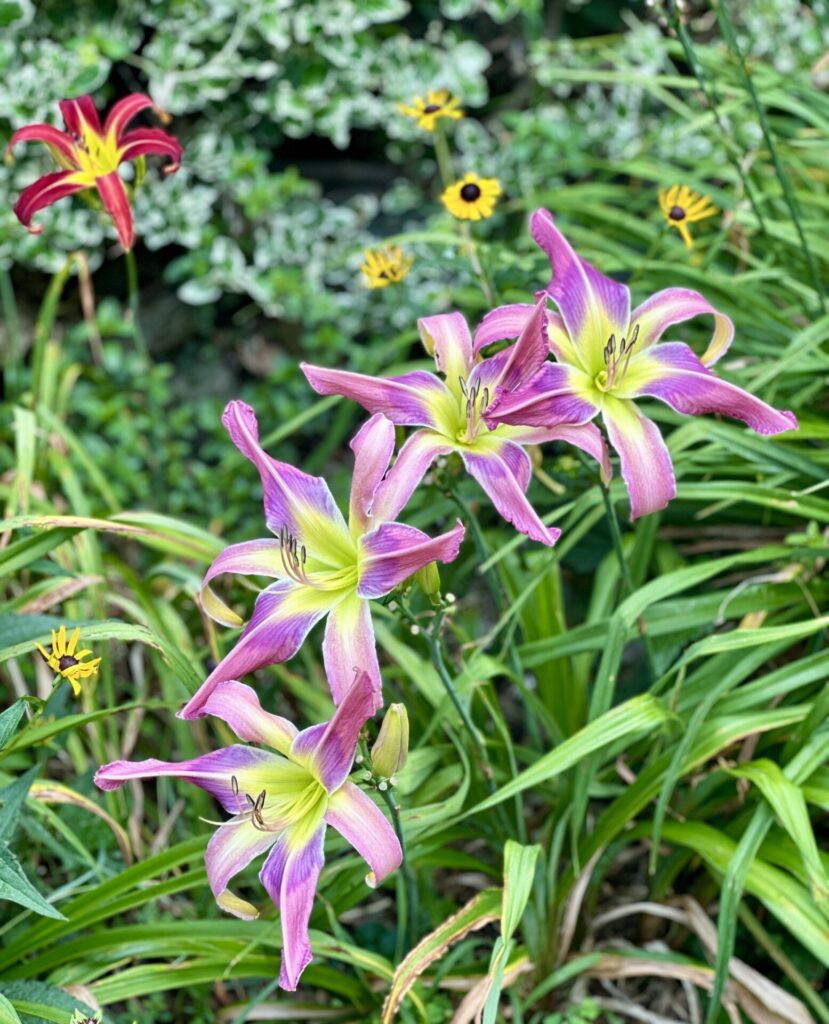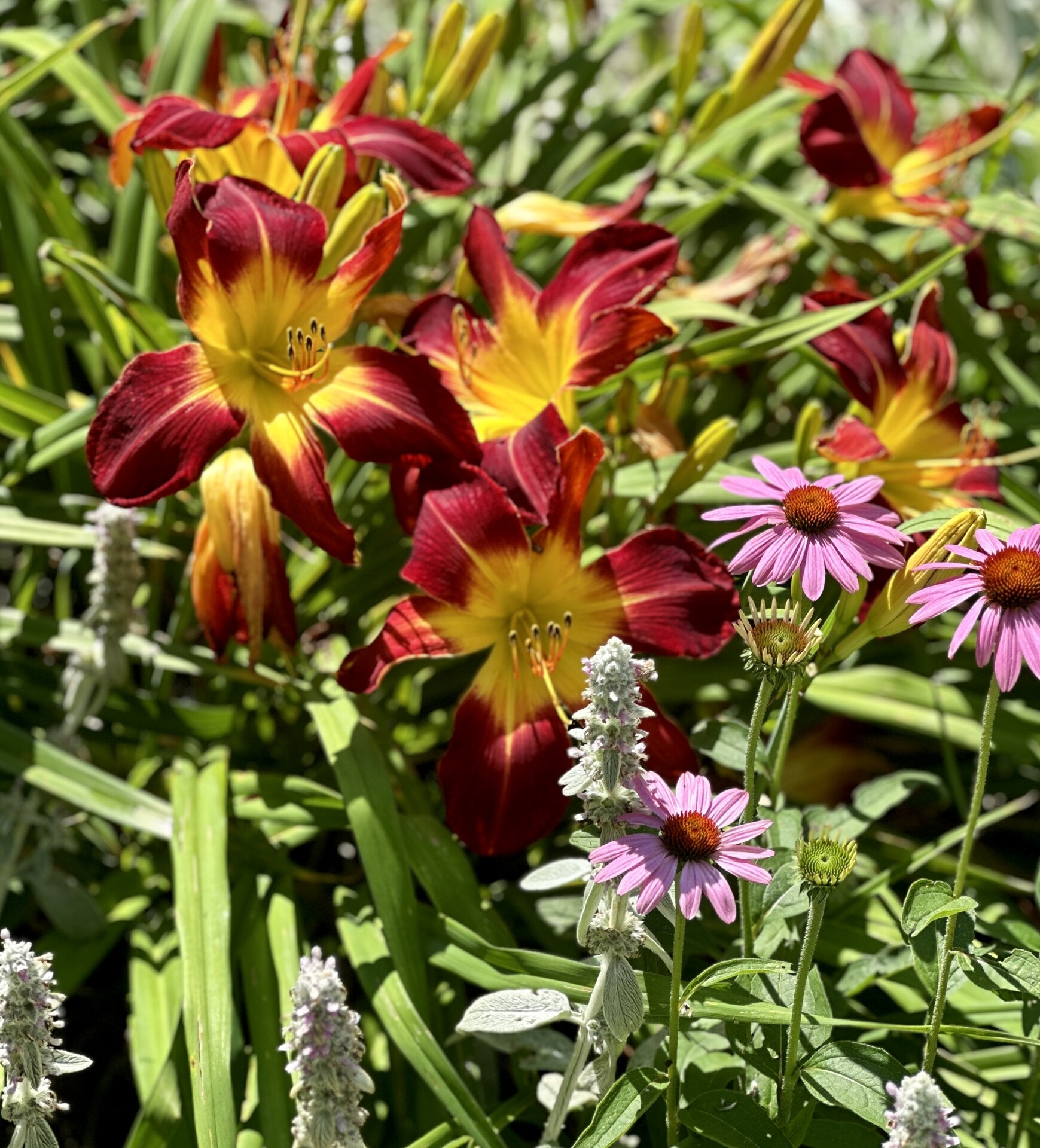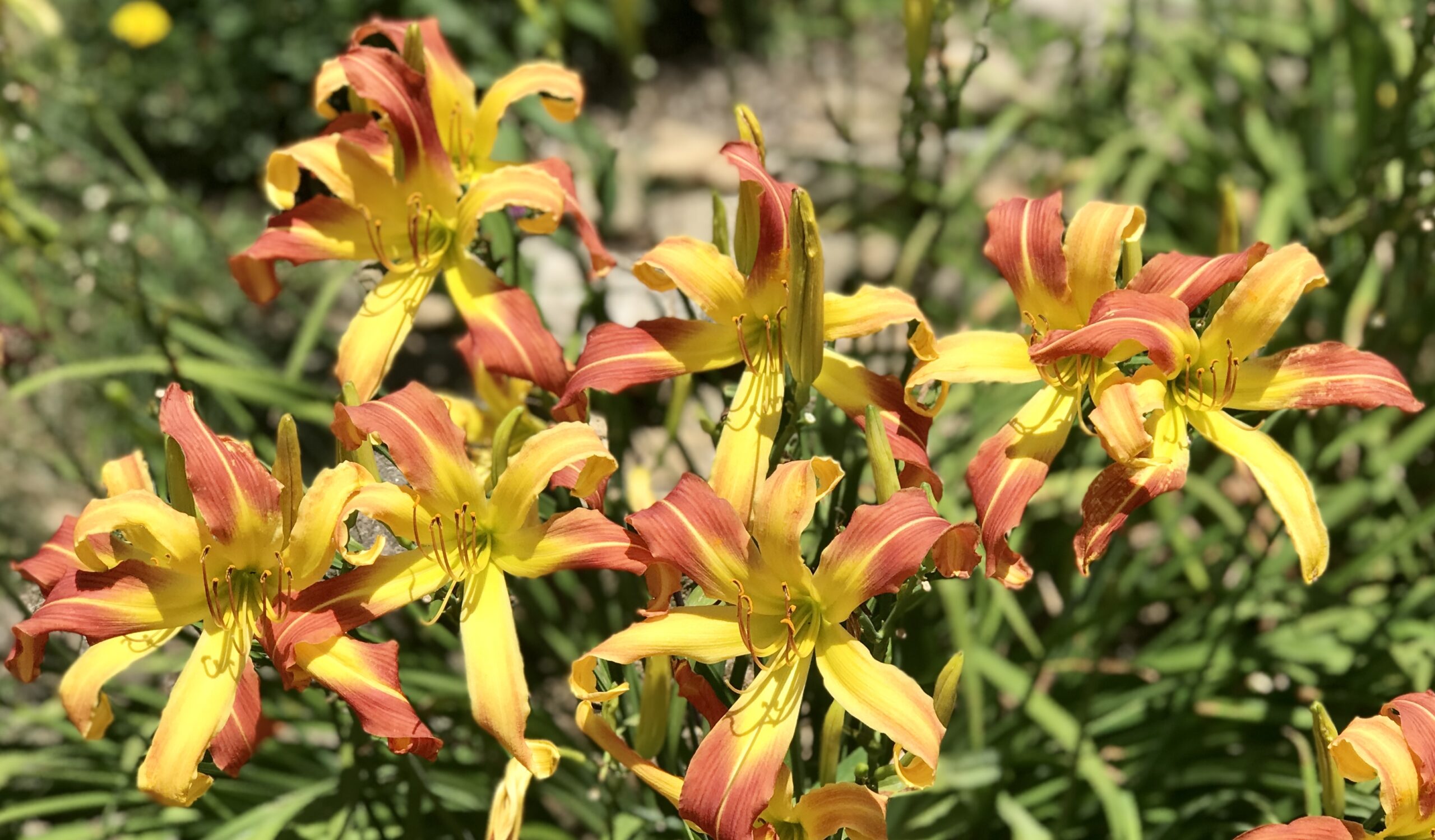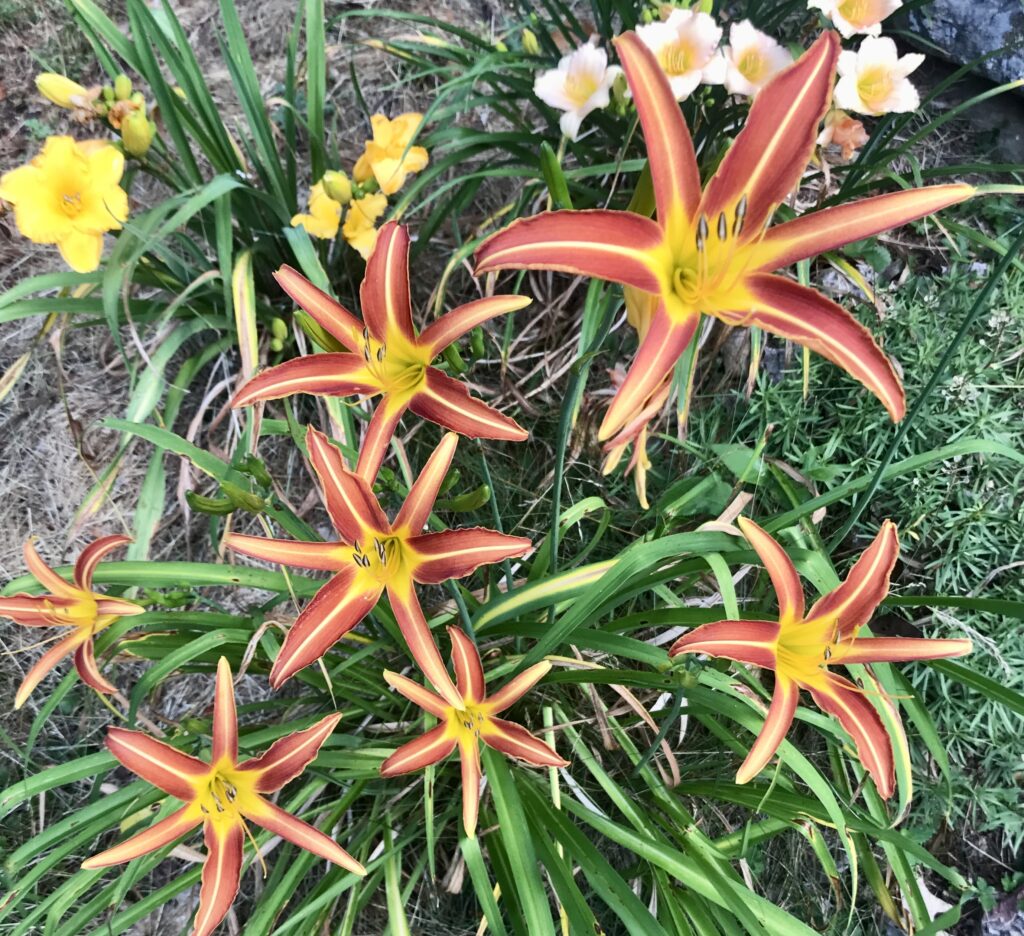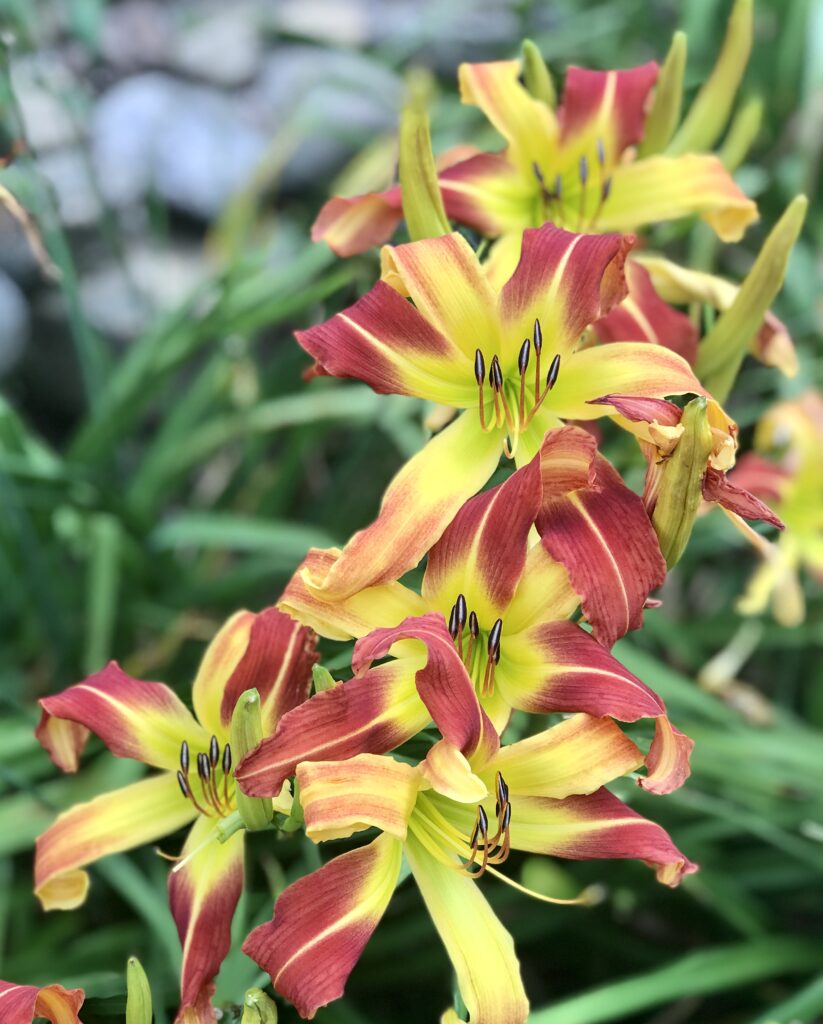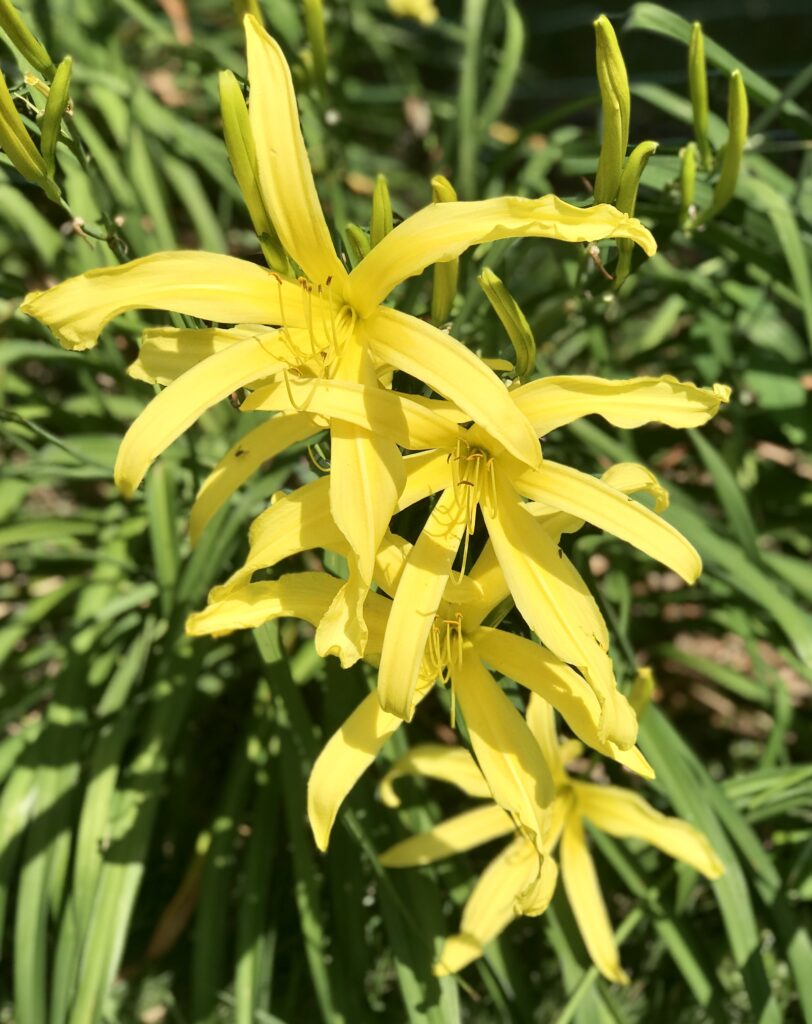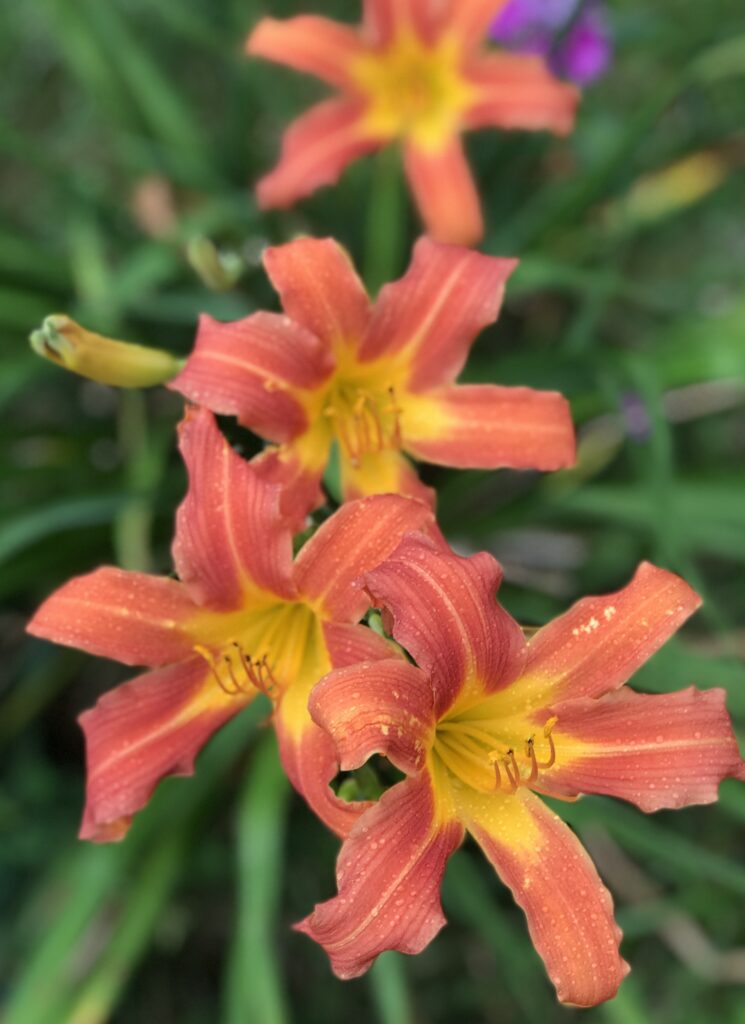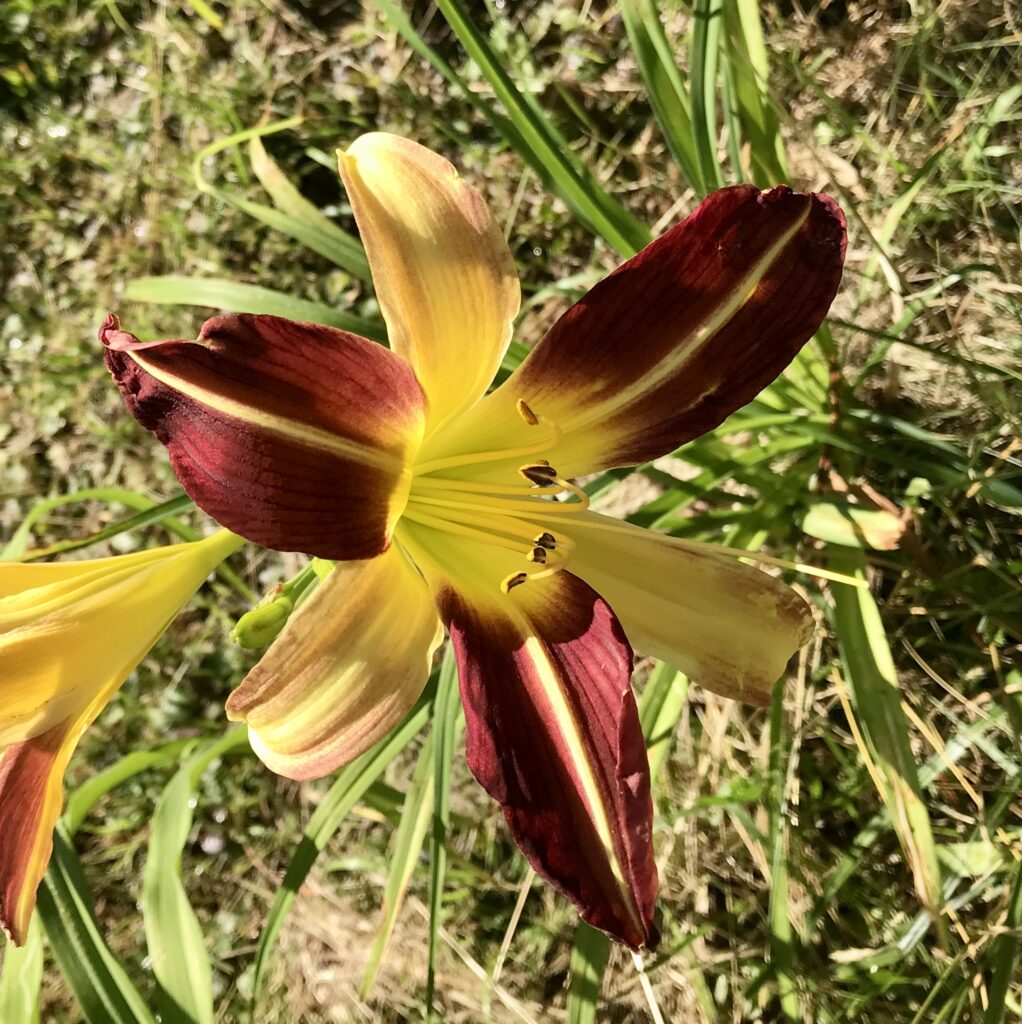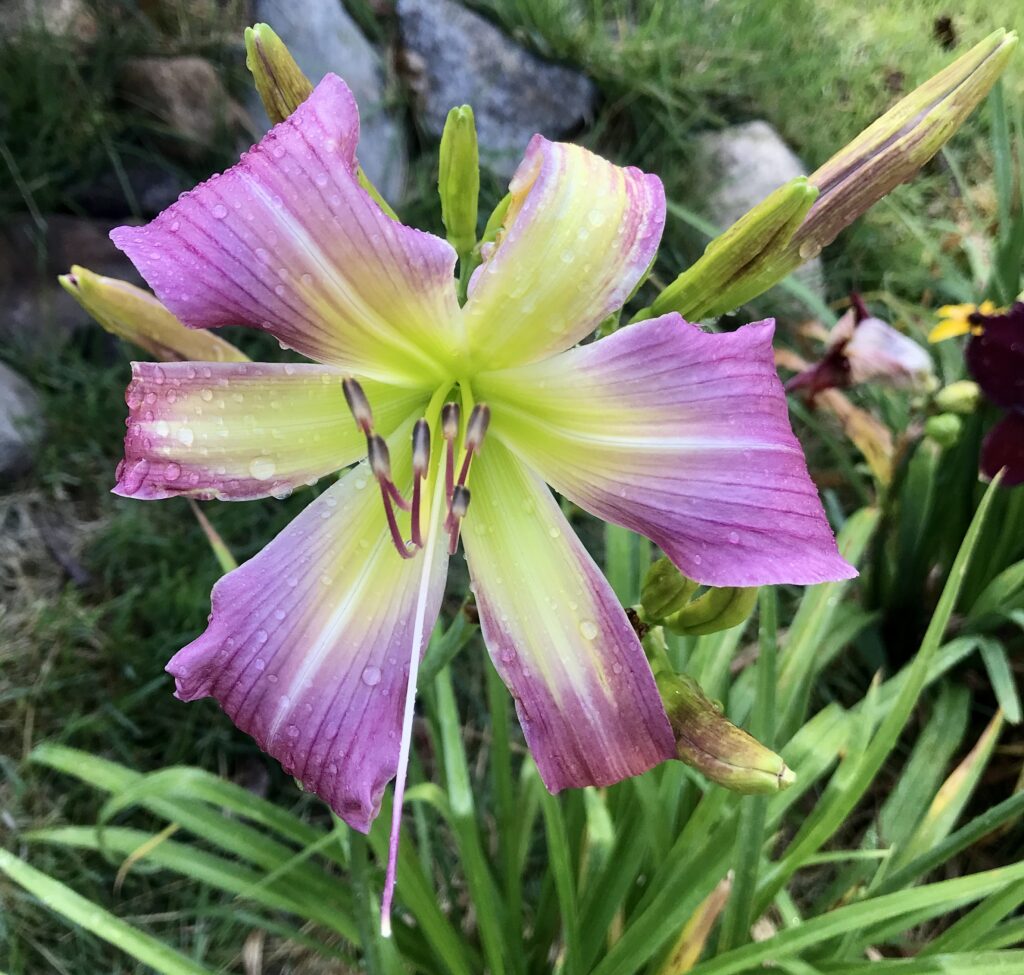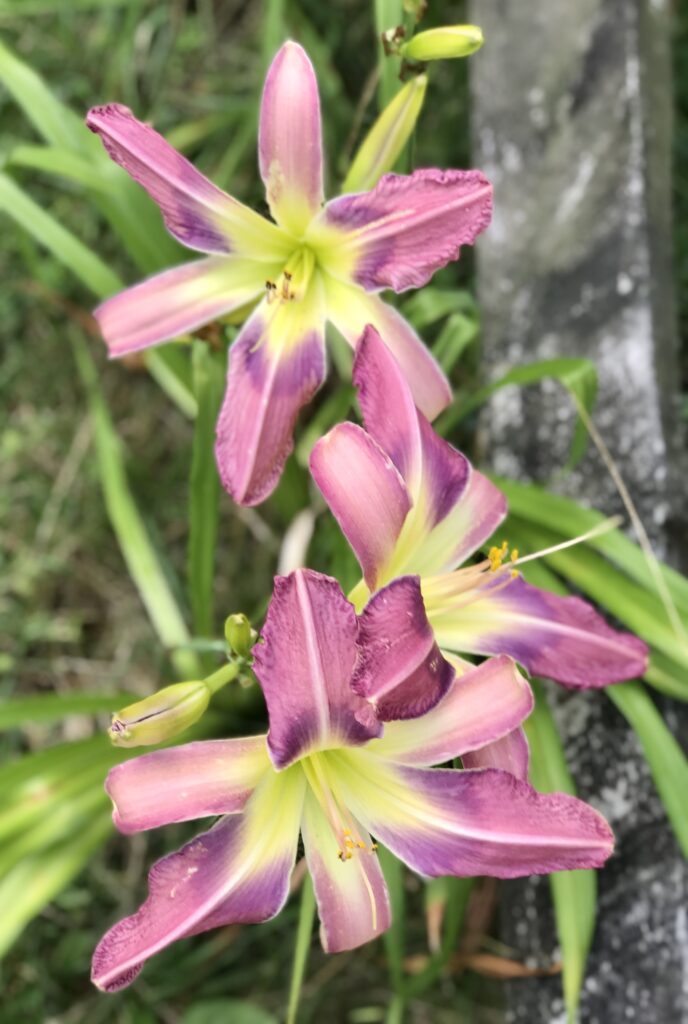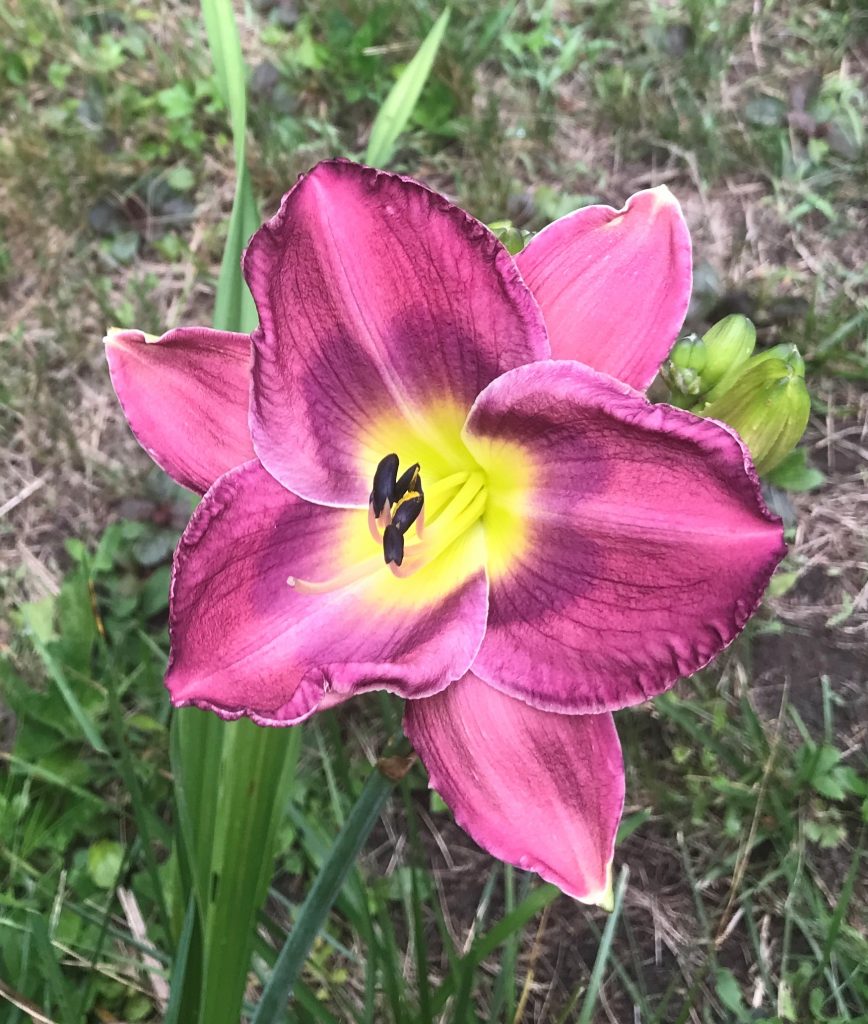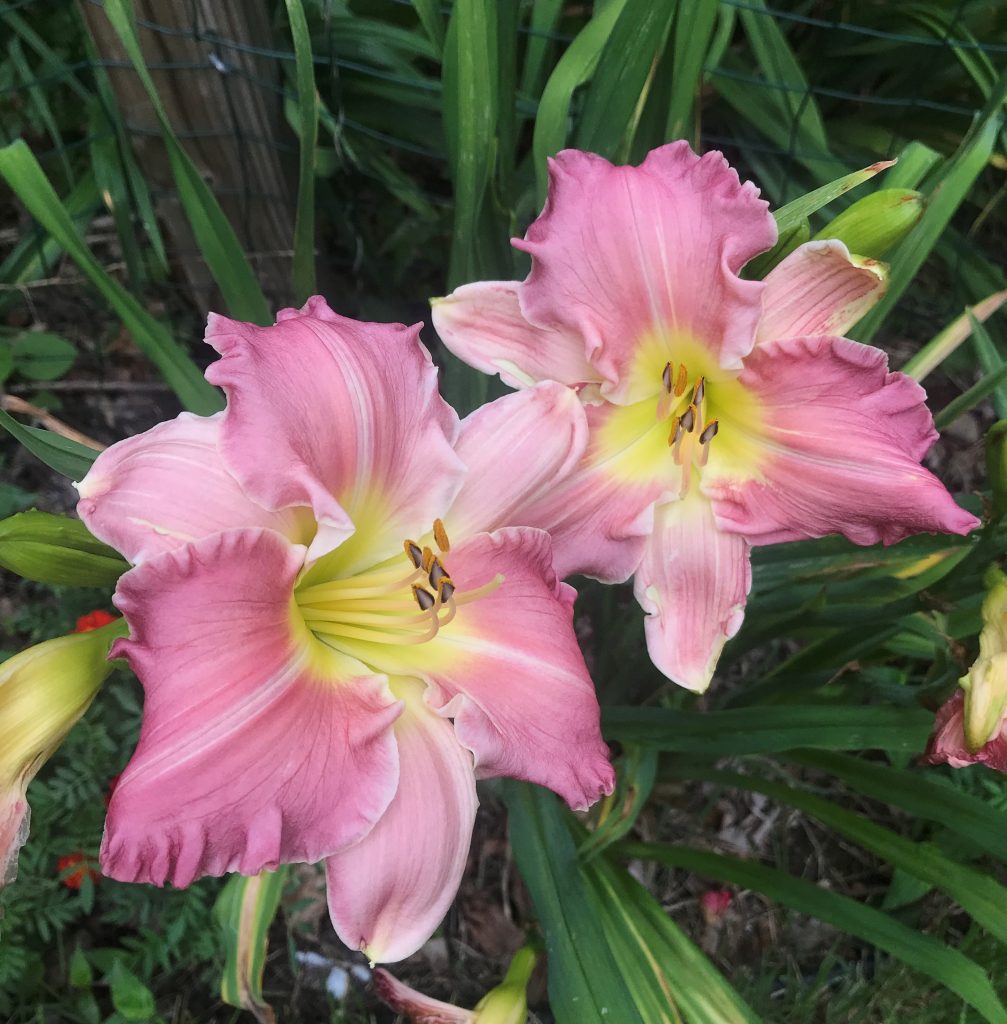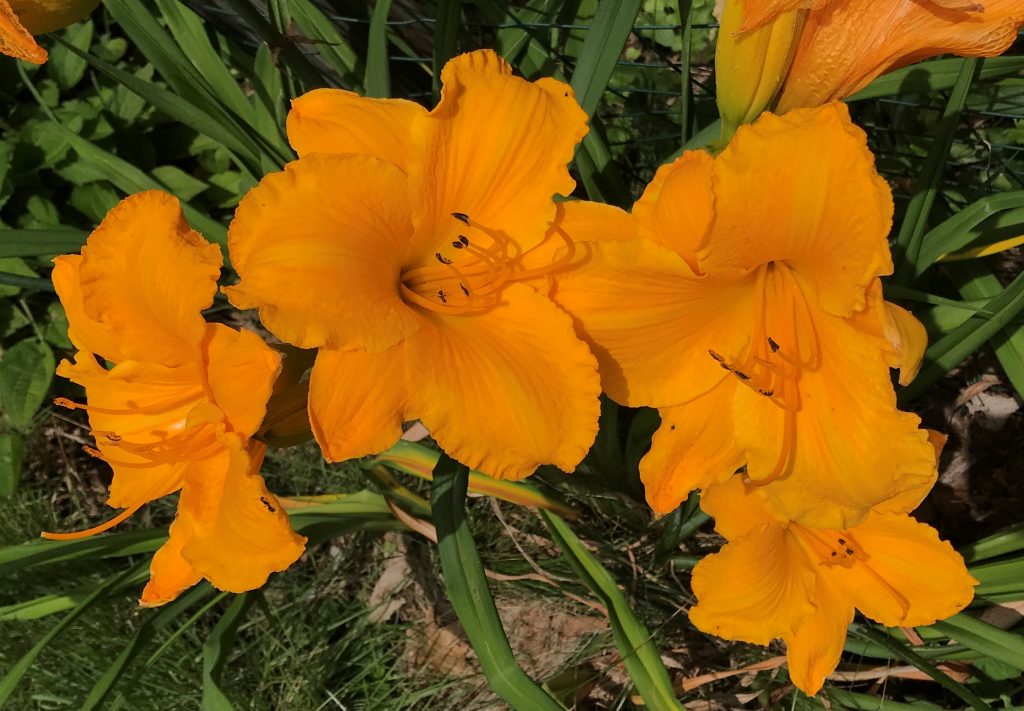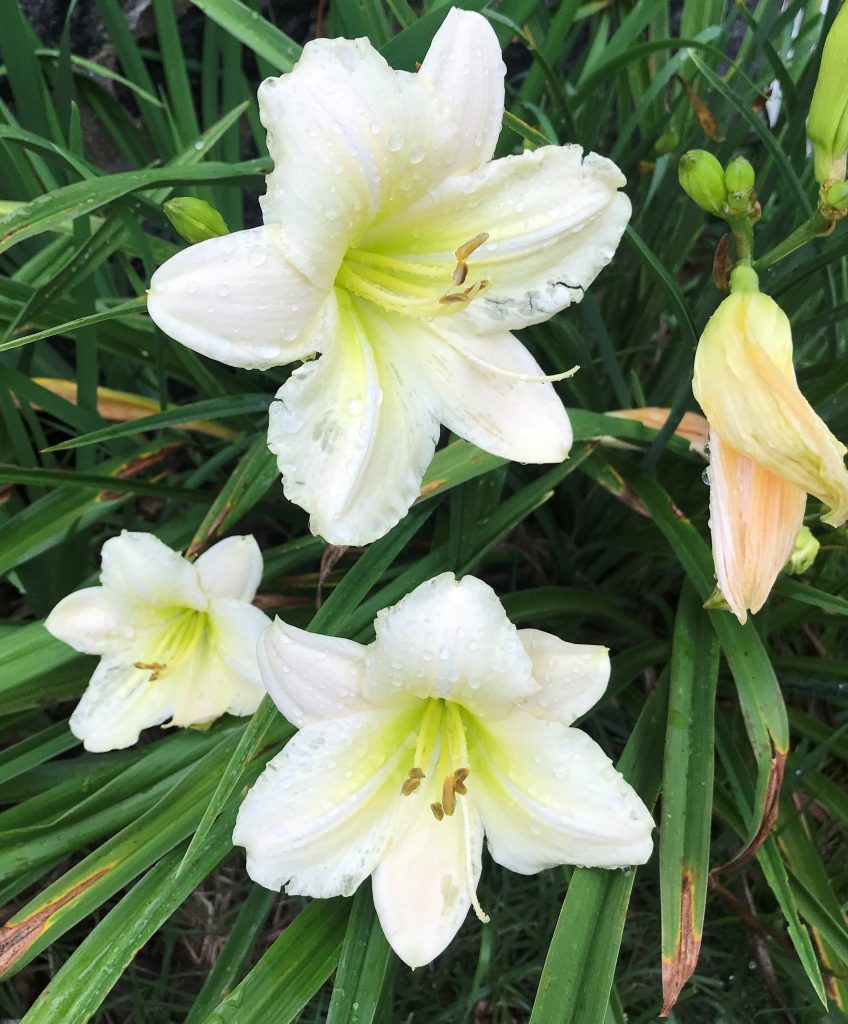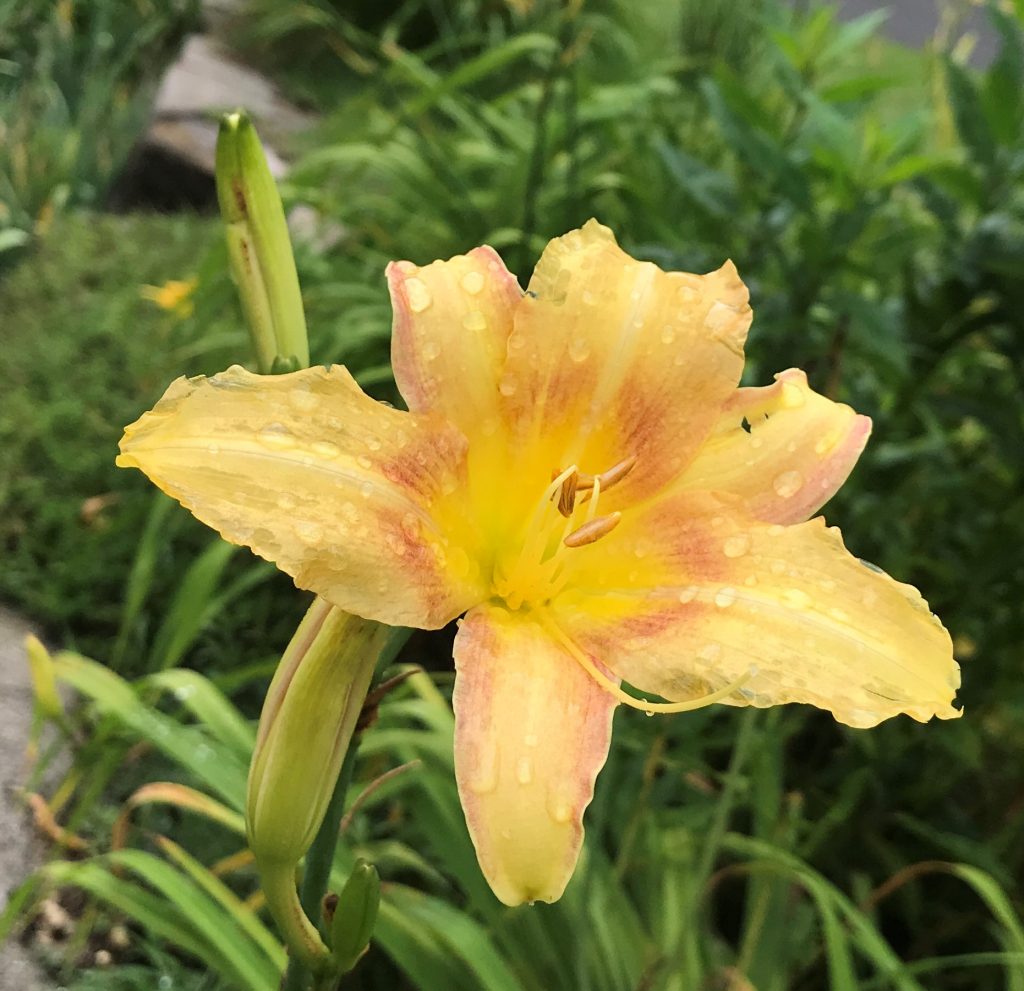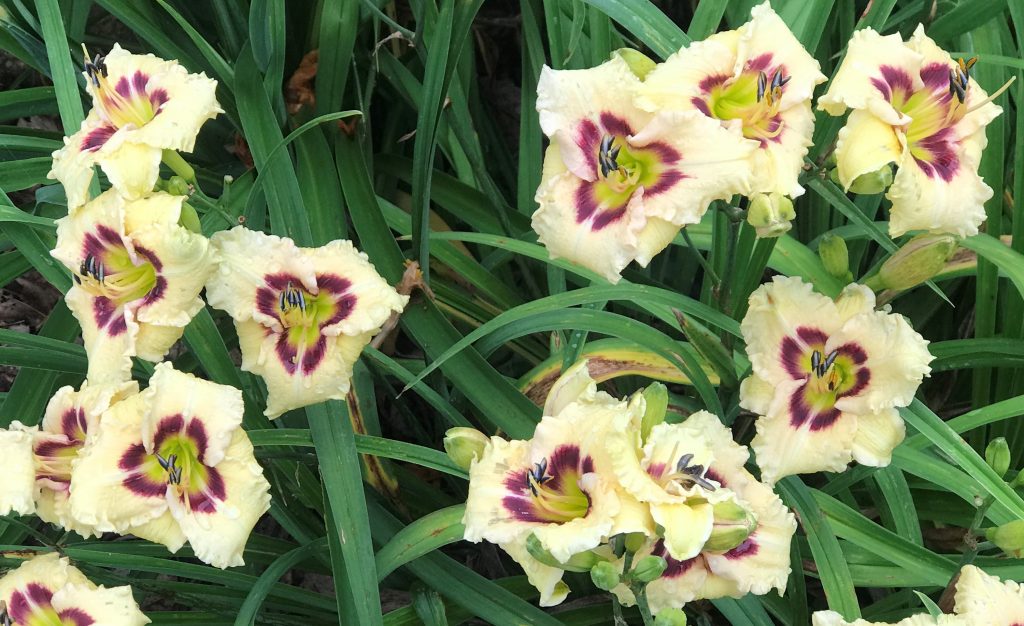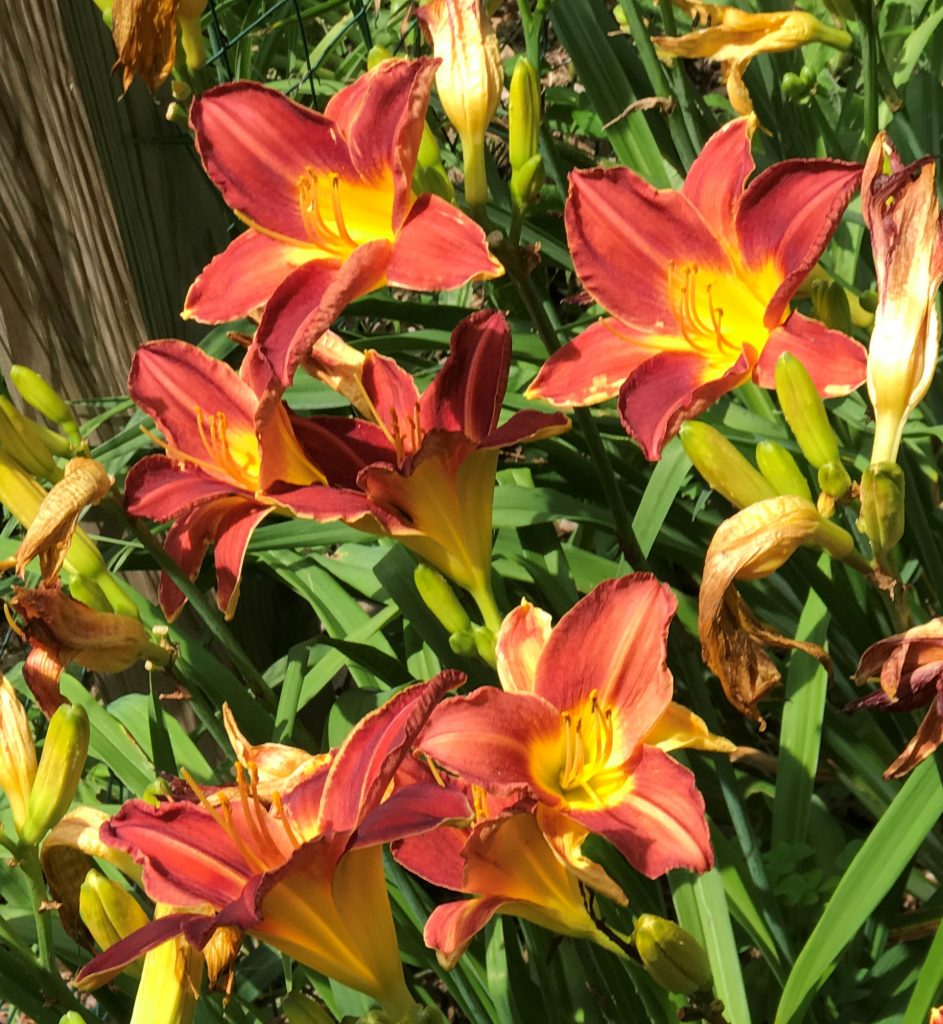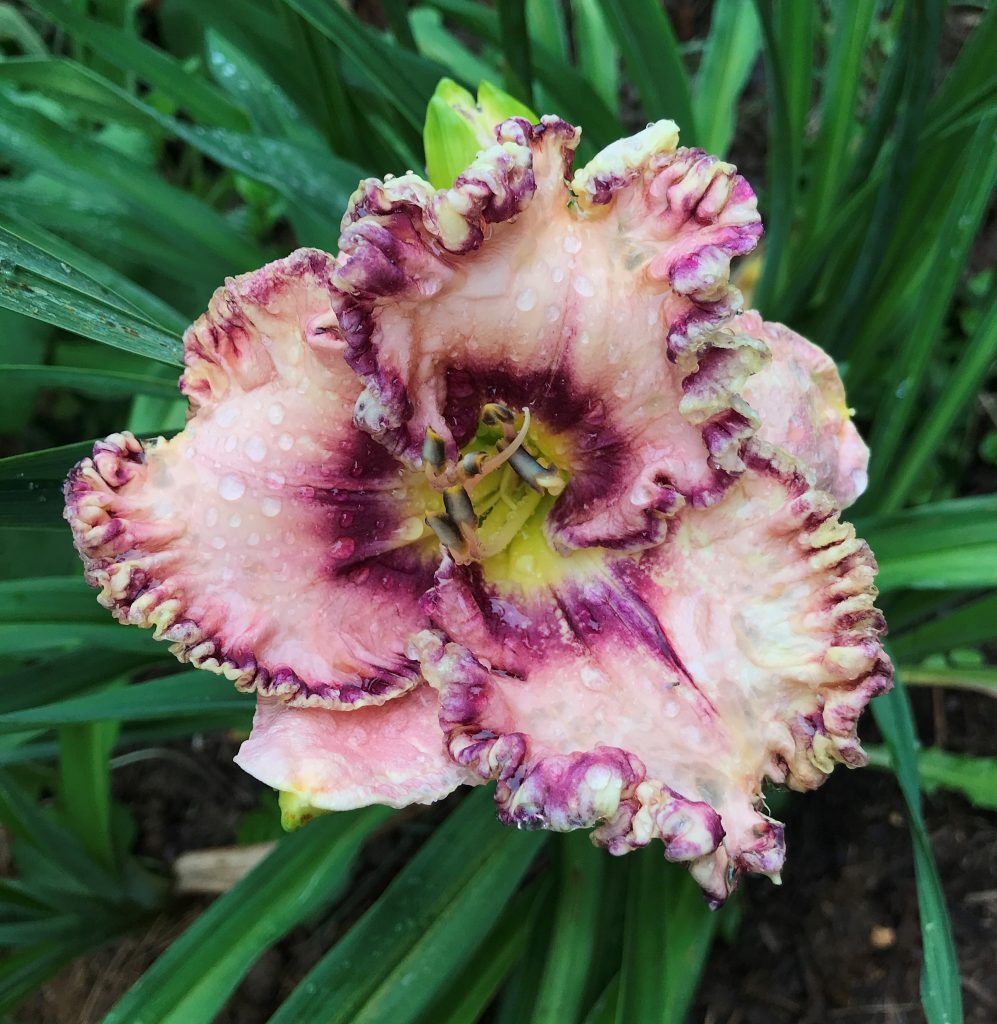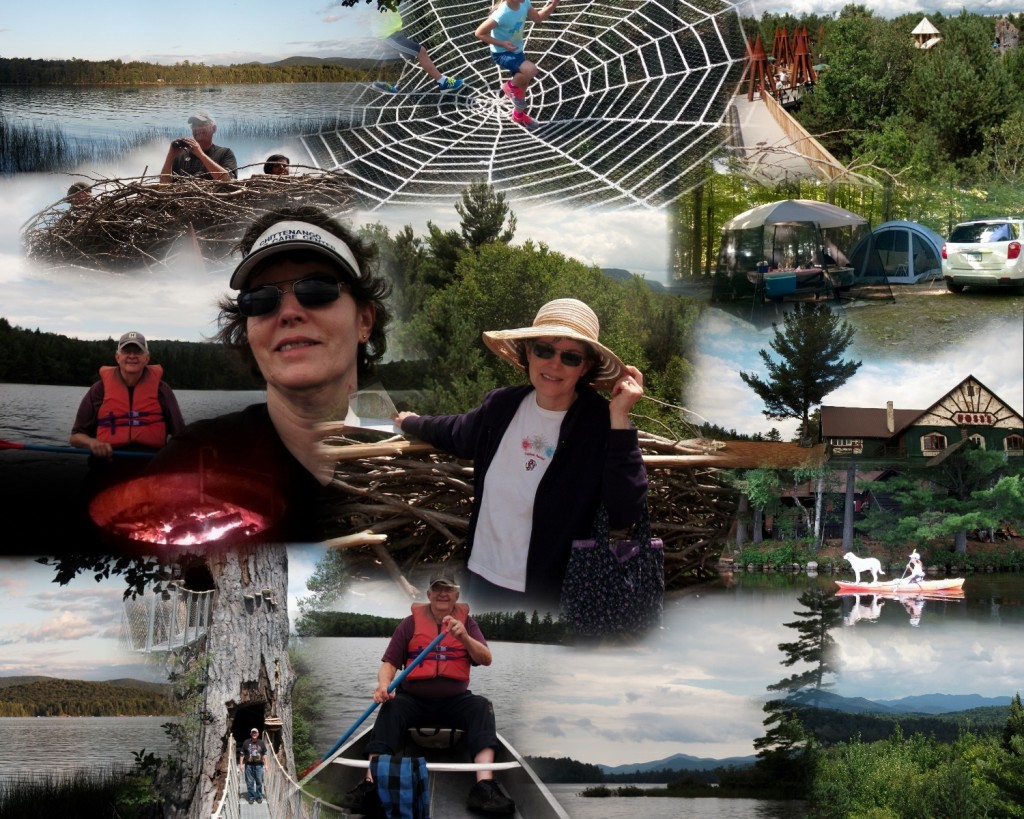On the last day of our recent week of vacation, my wife and I stopped at a Maple Syrup Museum on Route 7 just north of Rutland, Vermont. It was a fascinating stop for me as it brought back many childhood memories. The museum contains many artifacts from the production of maple syrup in the late 19th and 20th centuries. An entire wall mural was dedicated to telling the story of the production of syrup by the Native Americans of New England before settlers arrived. This fascinating dimension of the history of the maple syrup industry was new to me and I was glad to see it featured prominently. One of the most captivating displays was a hand-carved diorama depicting the gathering of maple sap using a team of horses and a sled with gathering tank on top. In the same diorama is a representation of a sap-boiling shanty in the woods. The first 3 pictures above are of this diorama. The last two pictures are from an even bigger diorama depicting lumbering before tractor power. The museum is a great stop for maple lovers and those who remember making syrup.
I have a very early childhood memory of assisting in the gathering of sap on the top of the hill above Twin Elms Farm. Deep in the woods plot, there was an old shed devoted to boiling sap in the spring. My father and grandfather had traded the horses for a tractor the year I was born. But, for the spring that I remember, it was too muddy in the woods to use the tractor for gathering sap. Early tractors were not the behemoths we are used to today. So my grandfather and father made arrangements to borrow a team of horses and use them to pull the sled and gathering tank. I remember riding the sled with its metal gathering tank on top from the house up to the top of the hill and into the woods. I recall the old wooden tank next to the boiling shed into which the gathered sap was dumped from the gathering tank. I remember the old arch, as it was called, inside the shed. It was simply two rows of concrete blocks, just wide enough apart to fit the large pans on the top. The two pans were placed end to end on the arch. The long slabs or poles of wood we burned were inserted into the arch underneath the pans at one end. The fire and heat traveled the length of the two pans– which must’ve been 10-12 feet — and the smoke exited through a stack at the far end. The freshest sap was inserted in the pan nearest the chimney, the cooler one; the boiled-down syrup was removed from the first pan, the hotter one. We did not use wooden buckets, as the diorama pictures, but galvanized metal ones instead.
This old syrup shanty on the hill was deserted before many years had passed. After that, my father continued boiling sap on a smaller scale in a single pan over a smaller arch. I remember helping and trying to keep it clean and light colored. I have many other memories that go with the traditions of maple syrup making at Twin Elms Farm too. I remember loving to drink the sap straight from the tree. I would go down to the maple tree in the front lawn and tip the sap bucket to get a drink. There was just a hint of delicious flavored sweetness.
After the sap had been boiled down in the pans over the arches, my mom would “finish off” the syrup over the kitchen stove. I don’t remember seeing it happen, but I was told that sometimes this released so much moisture that the wallpaper had come loose. She poured milk into the syrup to help boil out the impurities. I sometimes tasted the creamy, foamy skimmings, though I don’t think Mom approved of that. I remember each year we would have a contest at stirring maple sugar. Mom would boil down some syrup even further until it was just the right consistency for making sugar candy. I think it was right when it would spin a hair from the spoon. Then she would ladle it into bowls and we would begin stirring our bowlful. The faster you stirred, the lighter colored and finer textured your sugar would be. That was the goal. Of course, the most delightful part was eating it. I preferred eating it while it was soft and still do. JoAnne learned about stirring maple sugar while she was dating me. She learned to love eating it too and still does, much more than me. I bought her some at the museum.
At the Vermont museum they had taste samples of different grades of maple syrup. I checked them out! I remember during maple syrup season on the farm, once in a while, Mom would serve us a small dish of maple syrup for dessert– nothing with it — just served to eat with the spoon. I loved it and I still can eat maple syrup by itself. Mom also prepared syrup for us to pour on snow if the weather made snow available. This was also a delightful candy treat. We called it wax.
The museum had maple cream to sample also, which is the most delicious stuff ever, but correspondingly expensive. As we left the museum, JoAnne and I just wanted to find a restaurant that served pancakes with the real thing—maple syrup—for a topping! At home, we never ate pancakes any other way.

